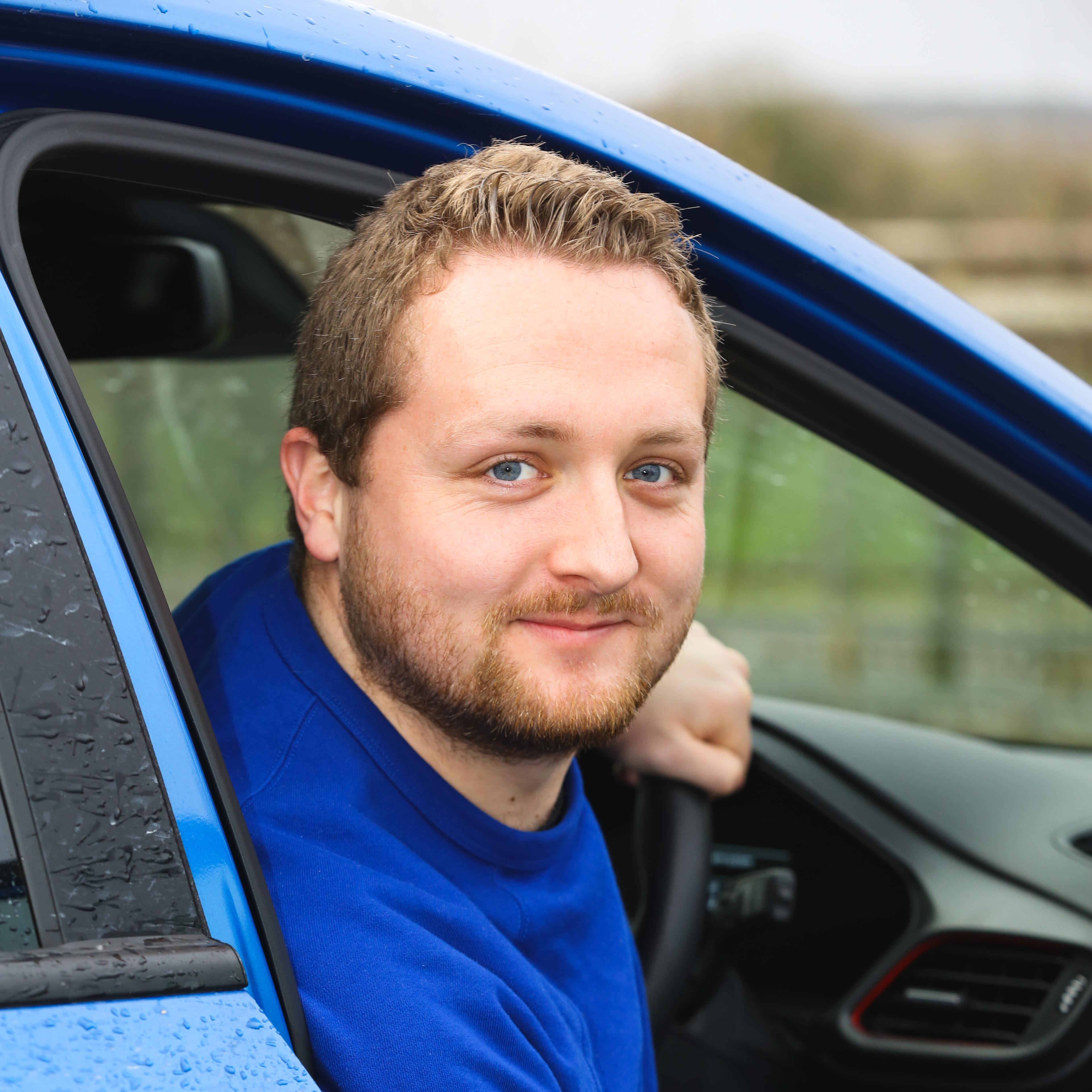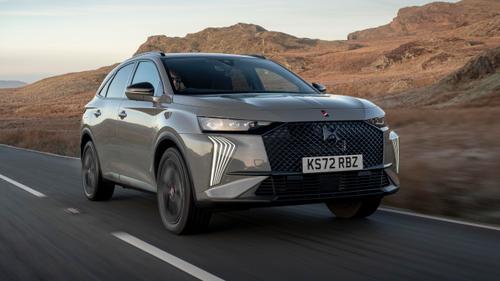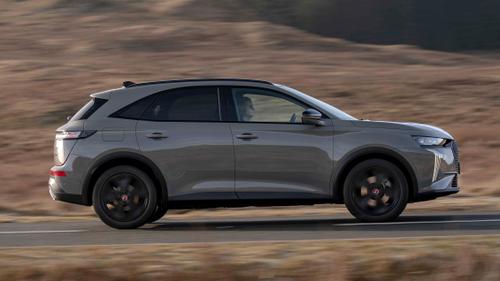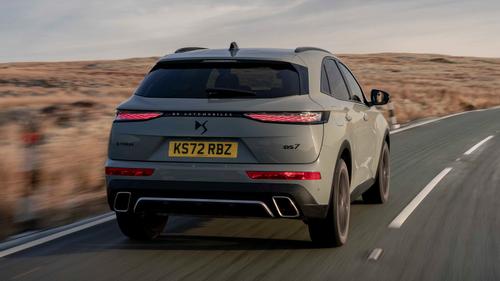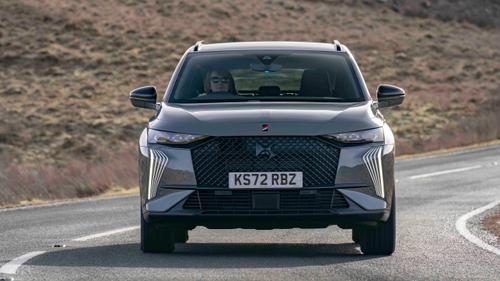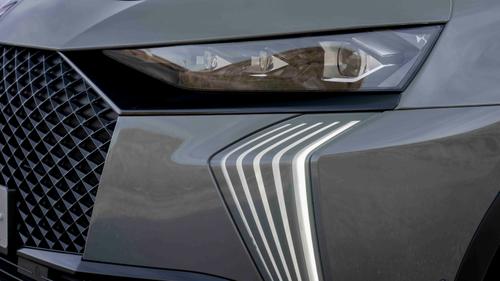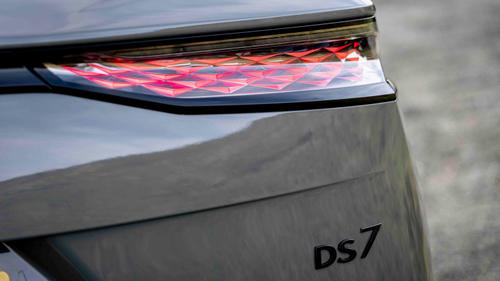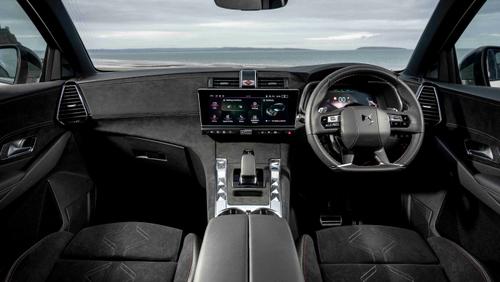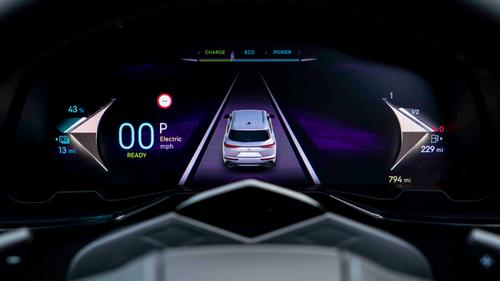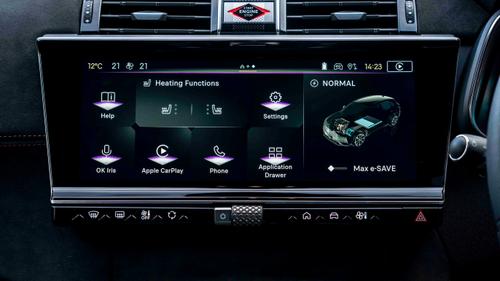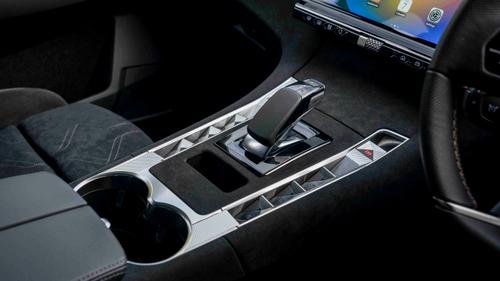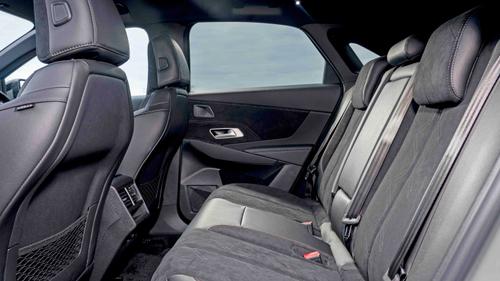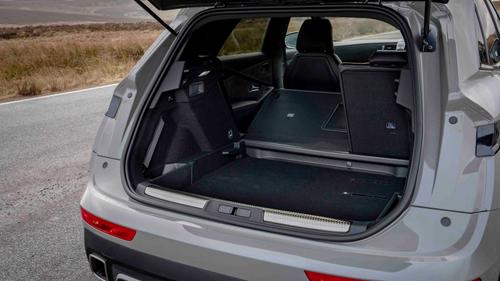
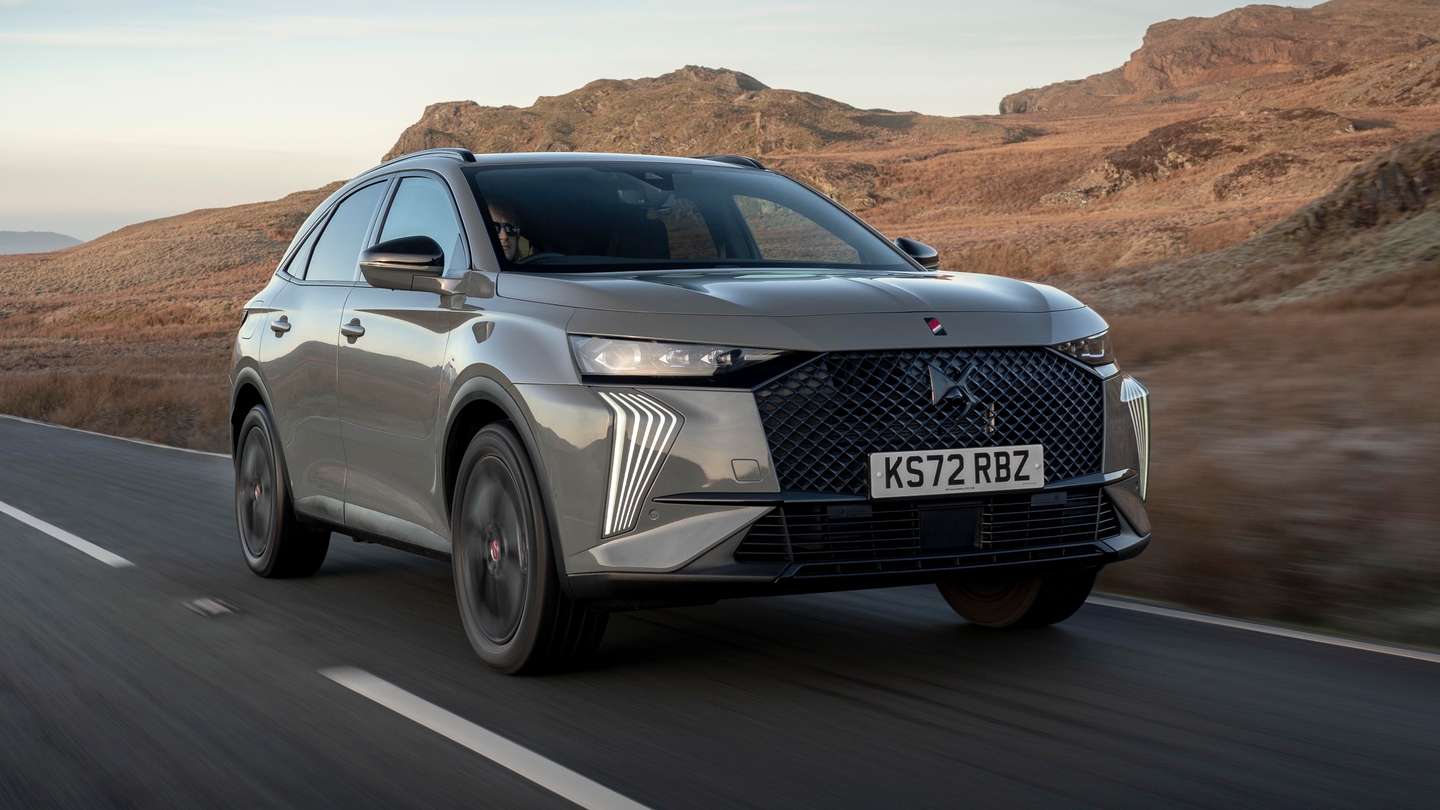
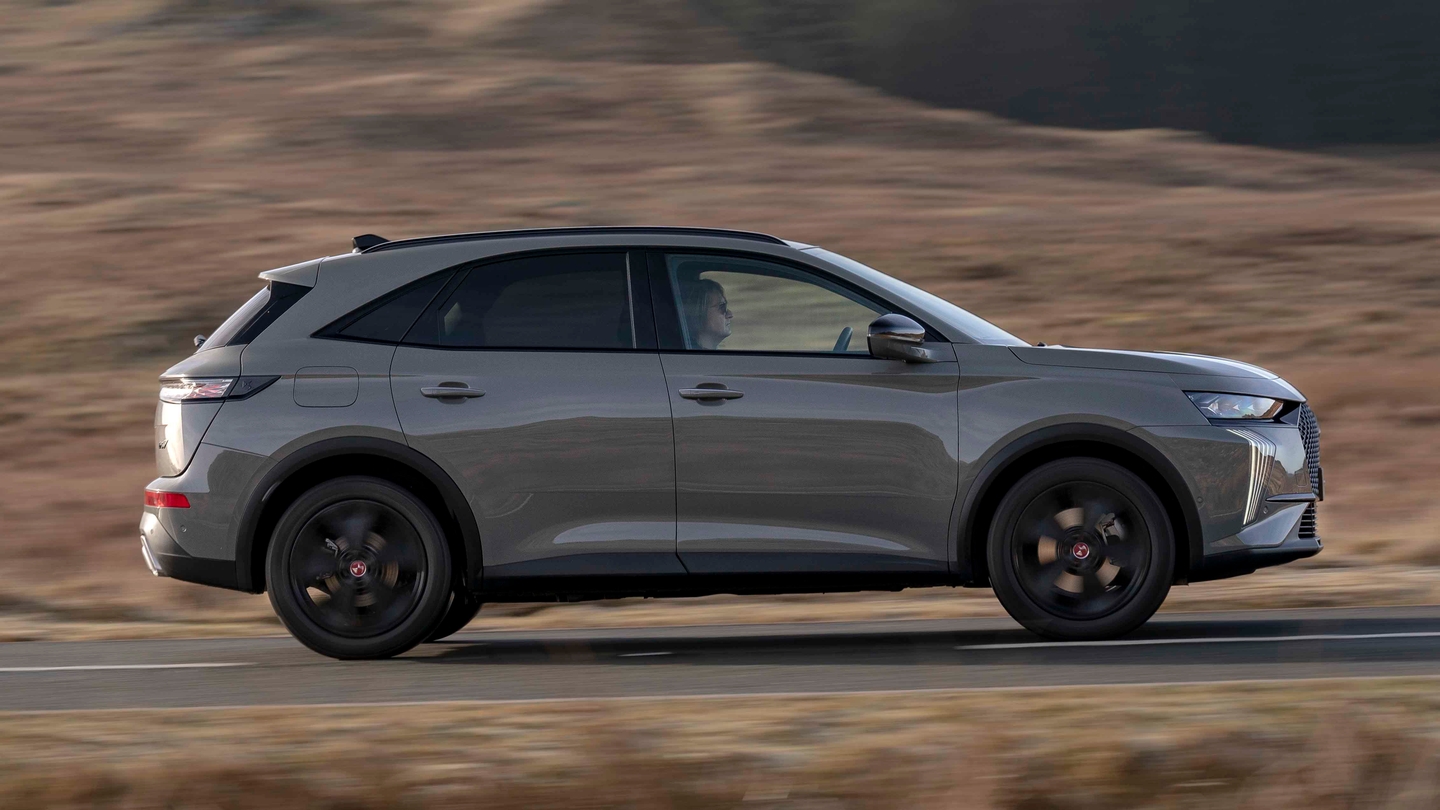
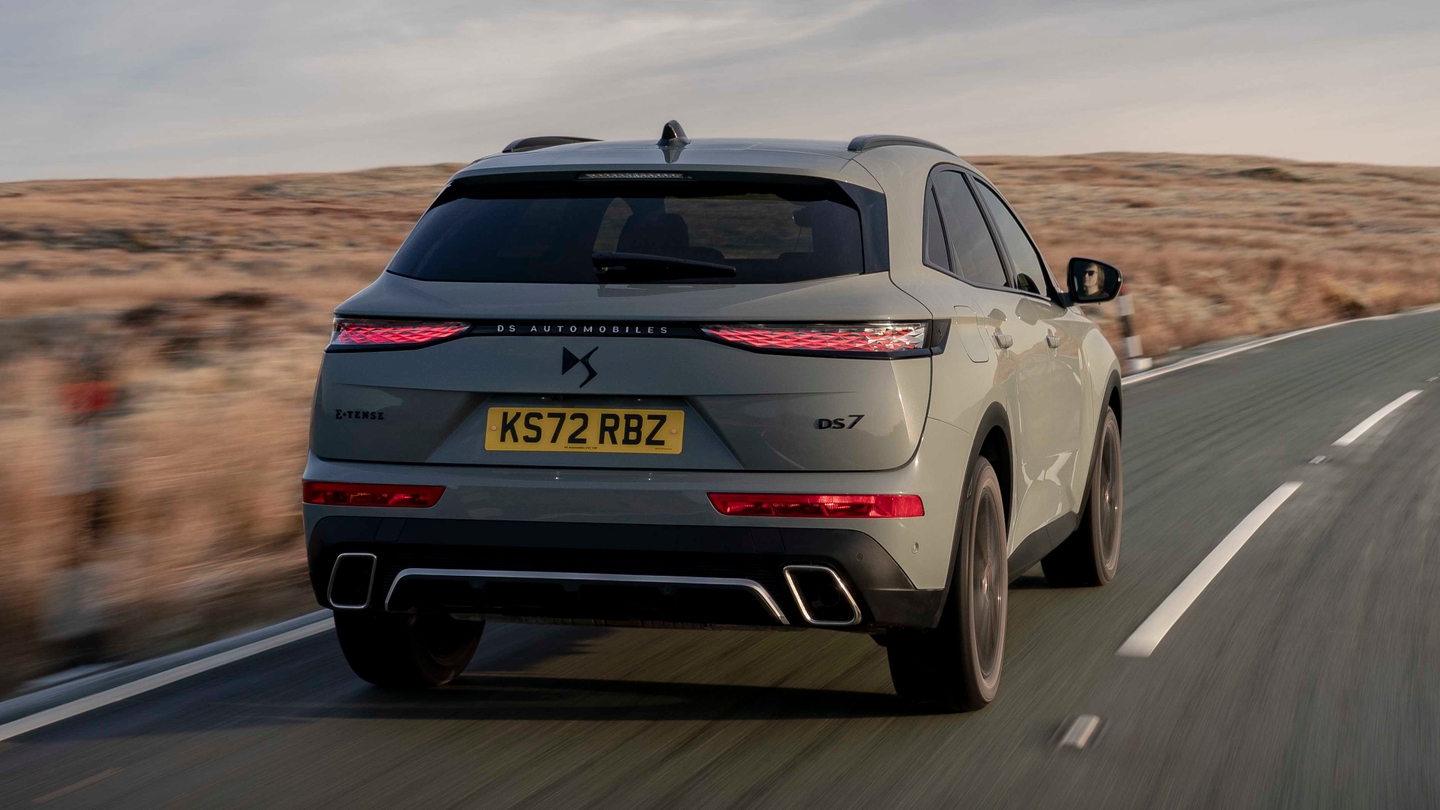
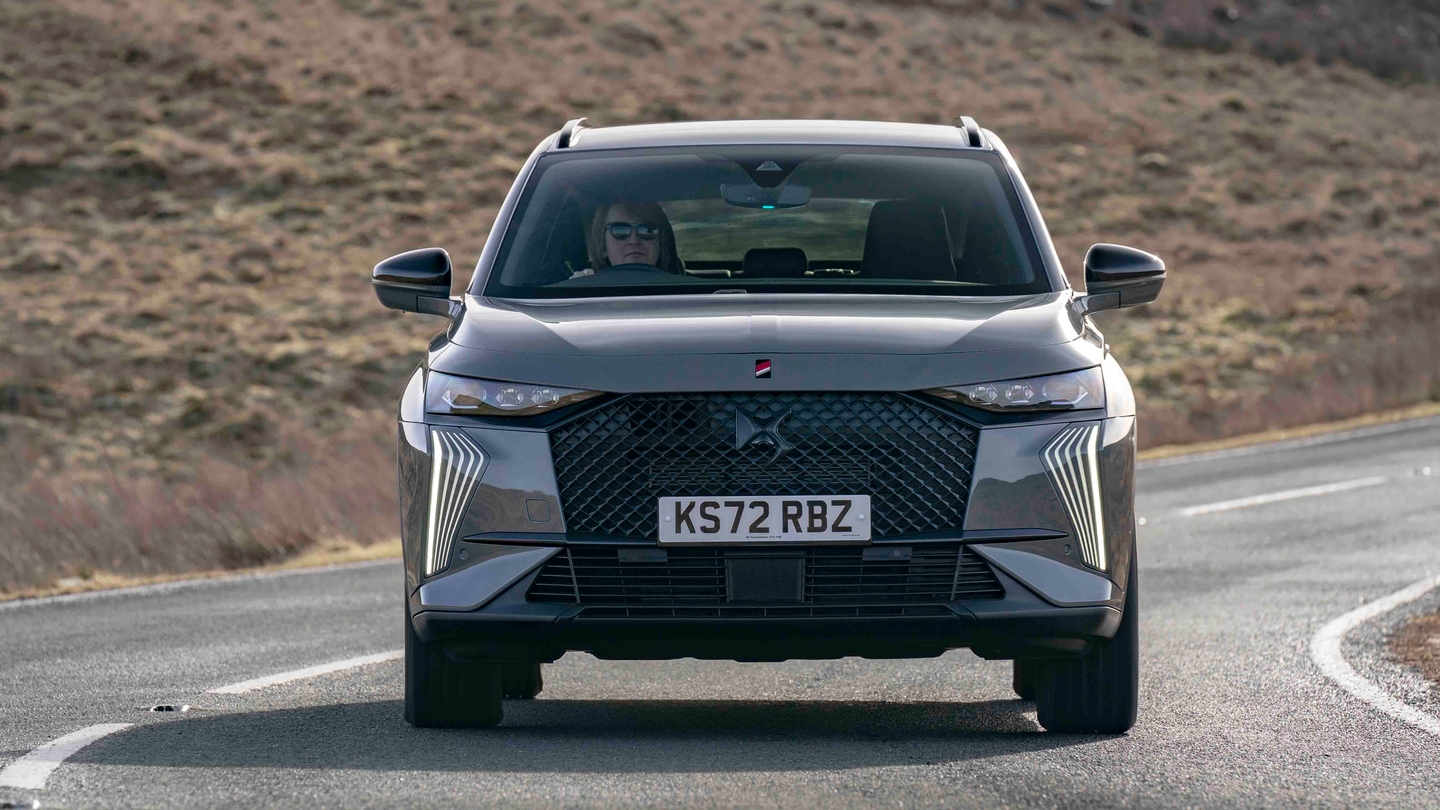
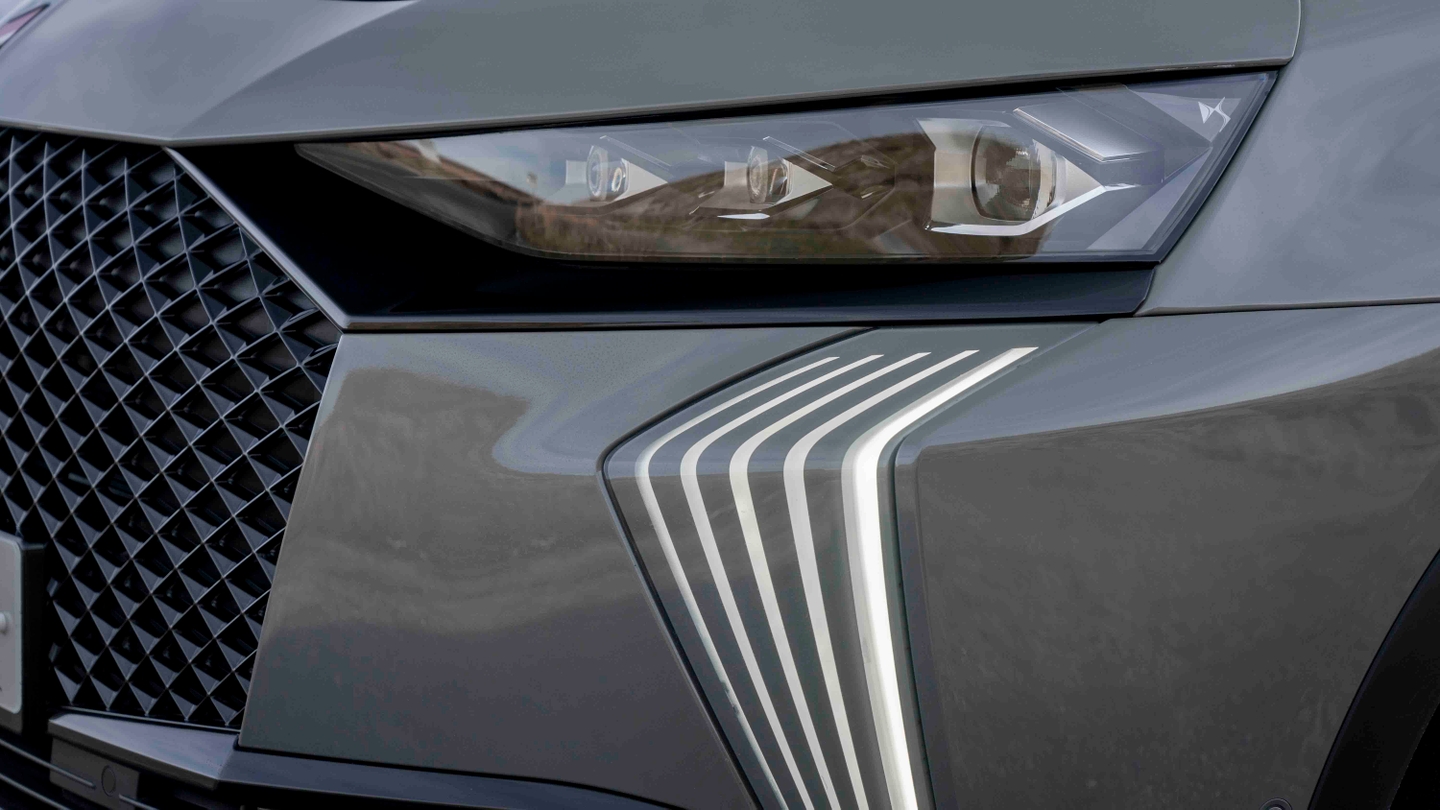
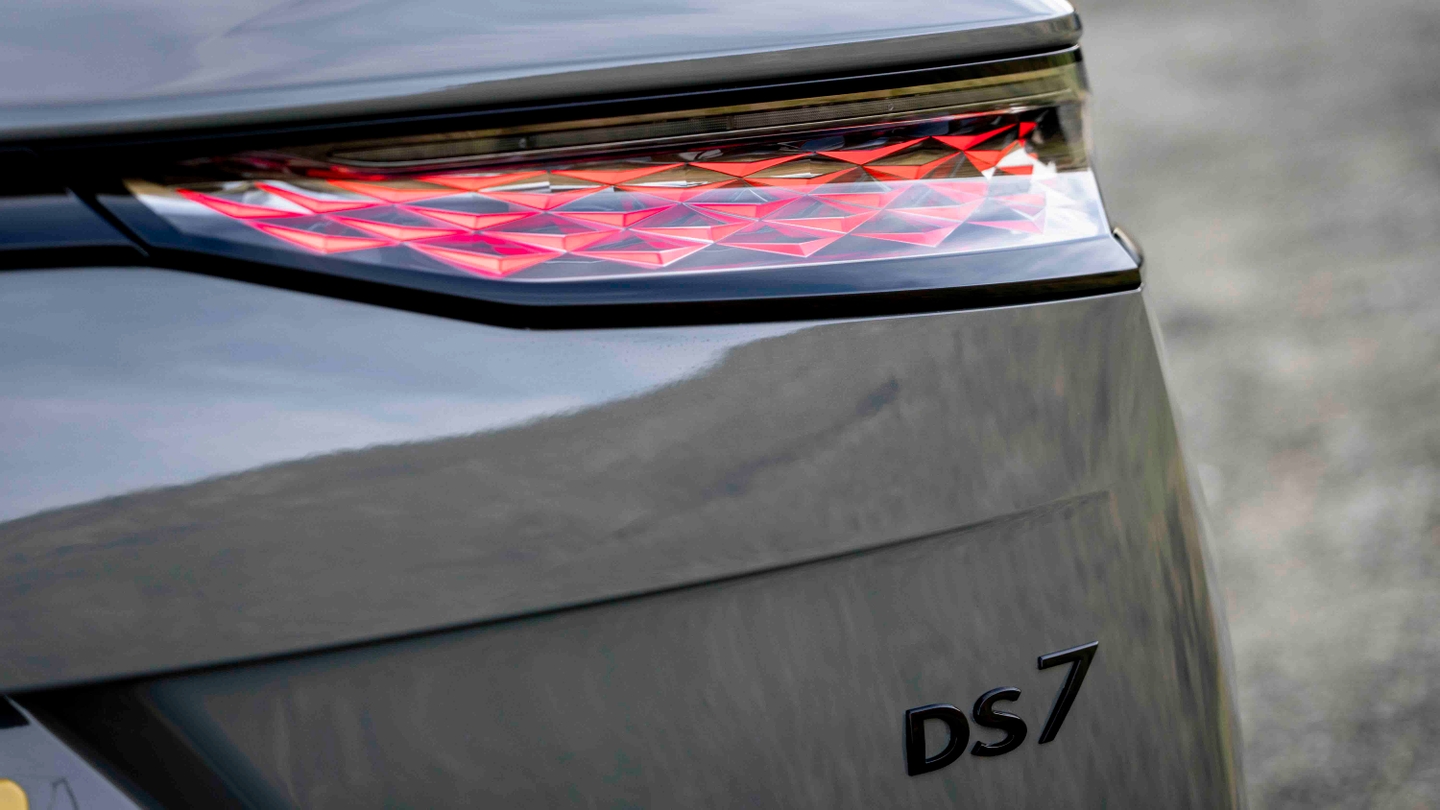
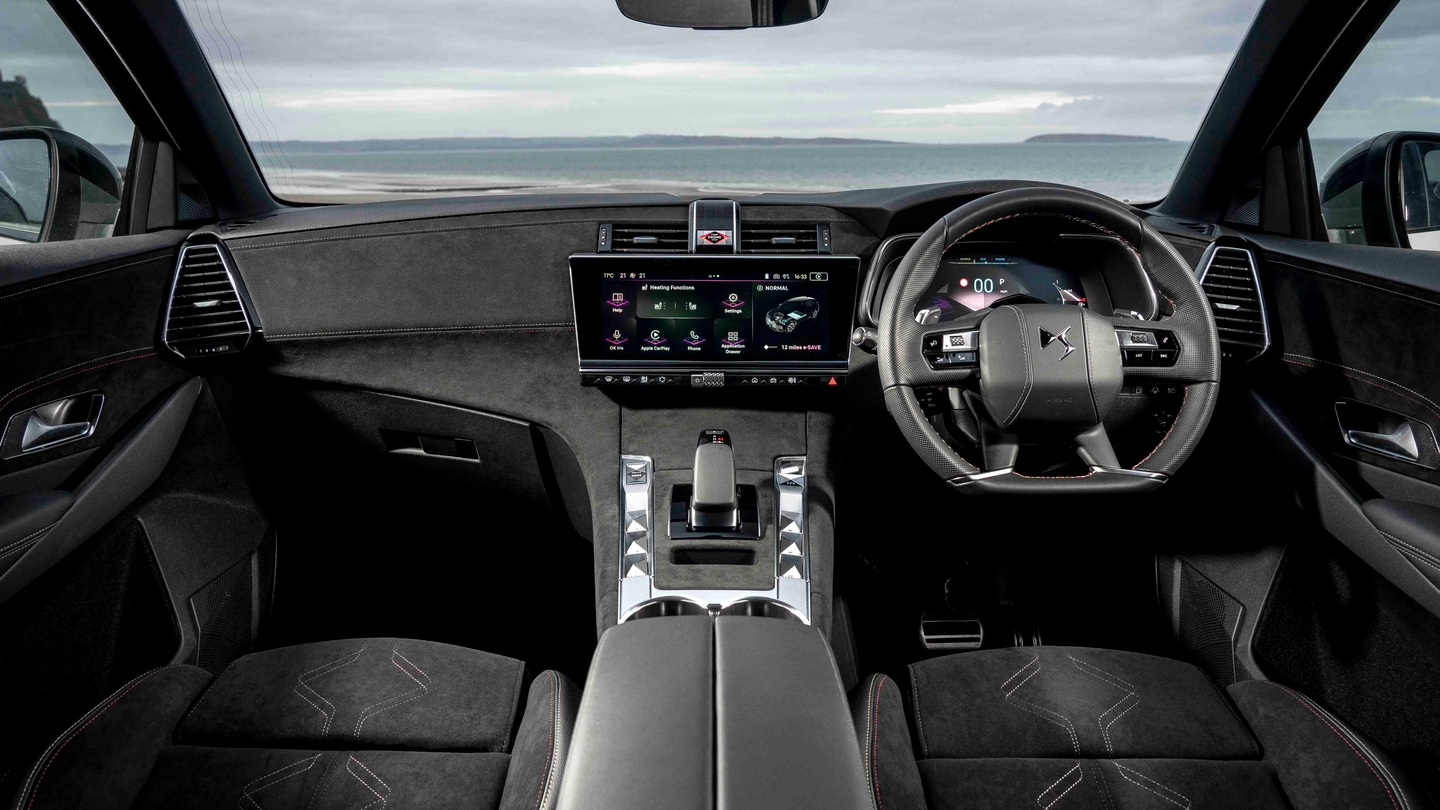
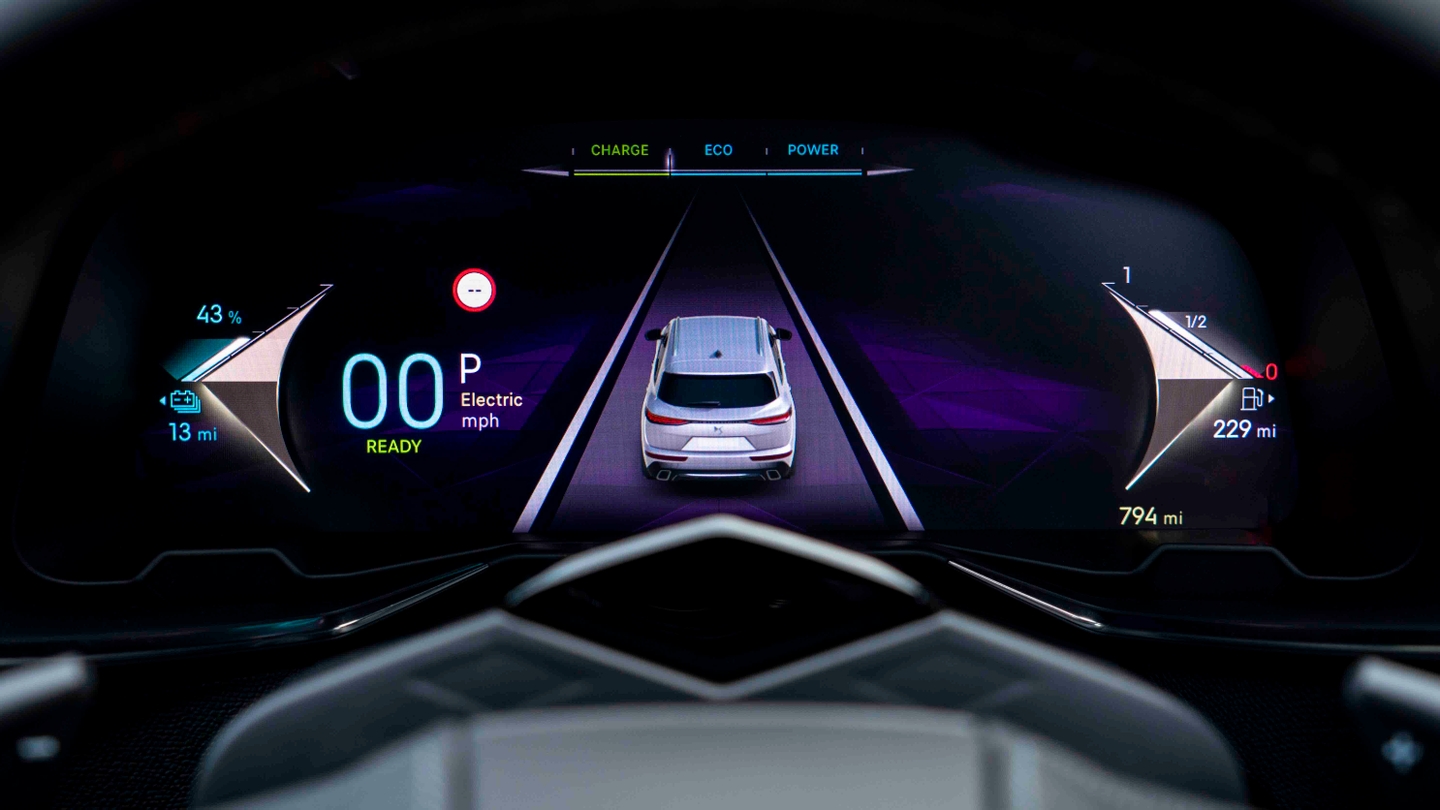
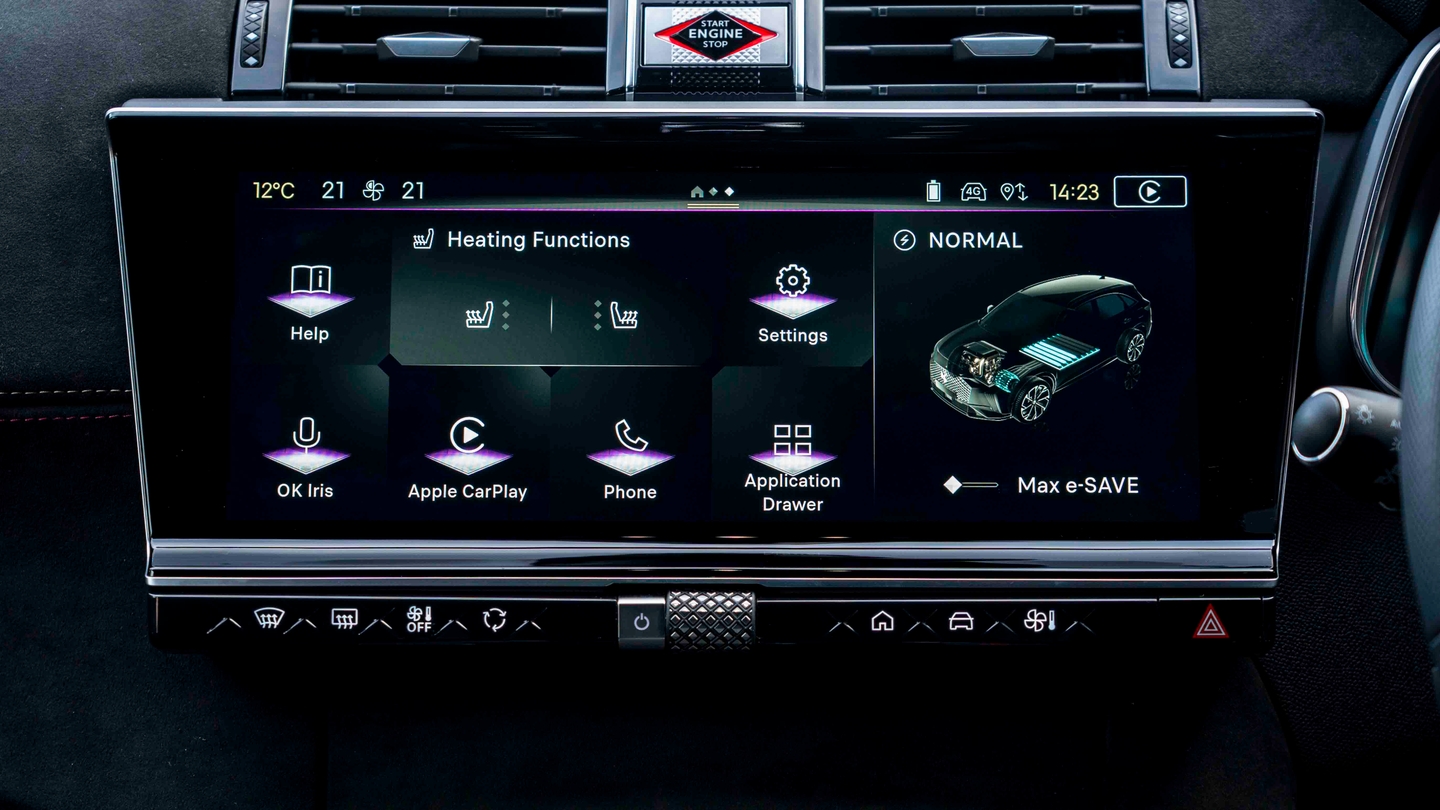
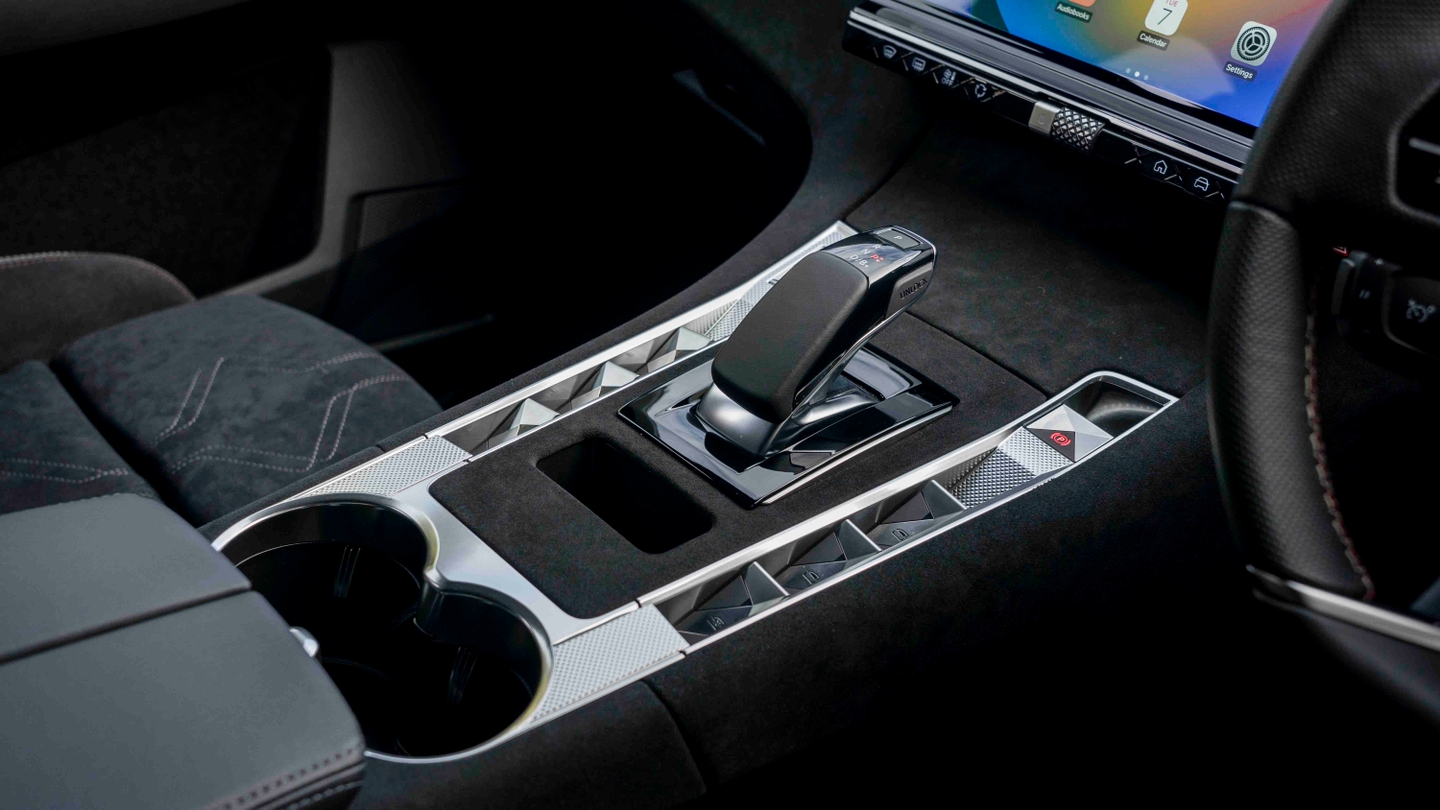
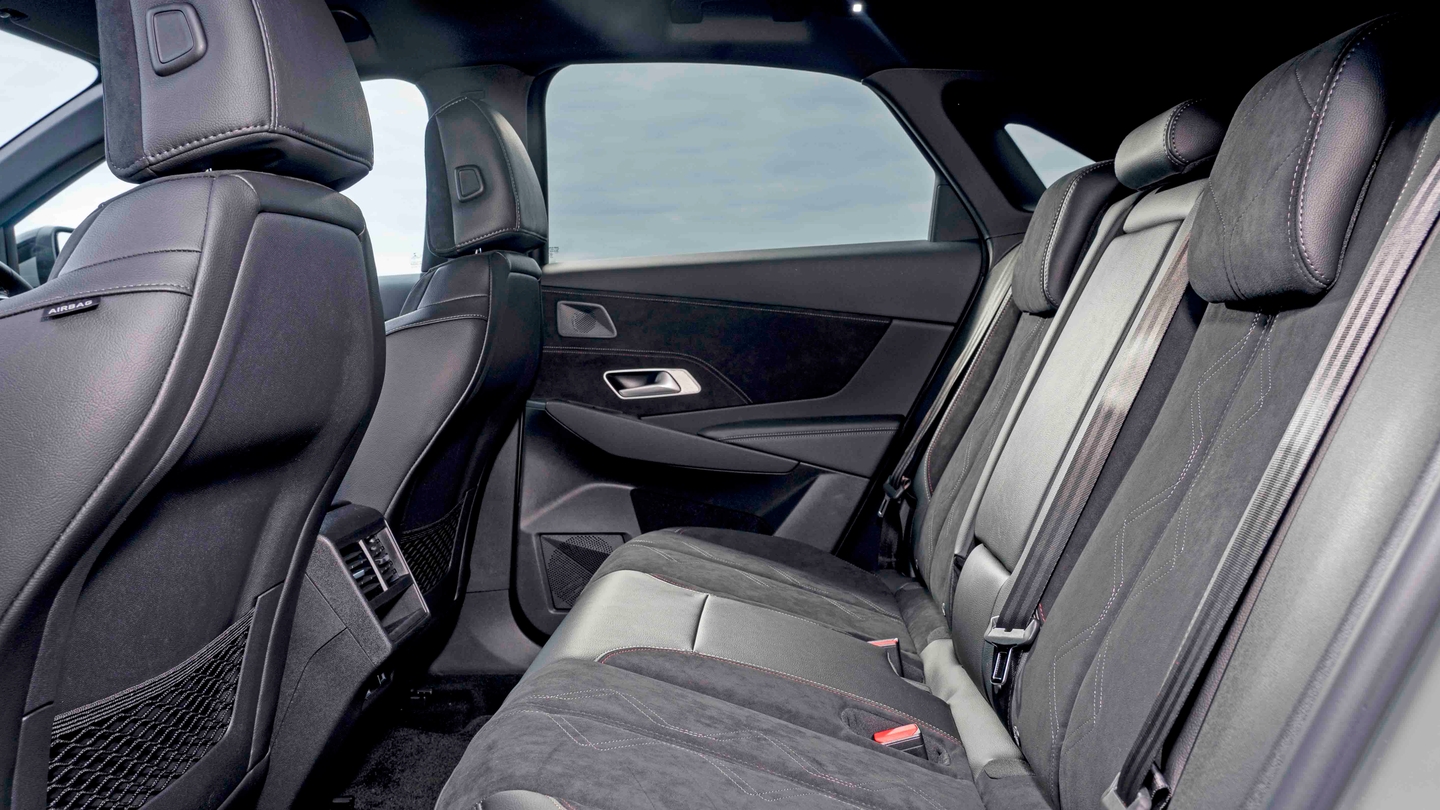
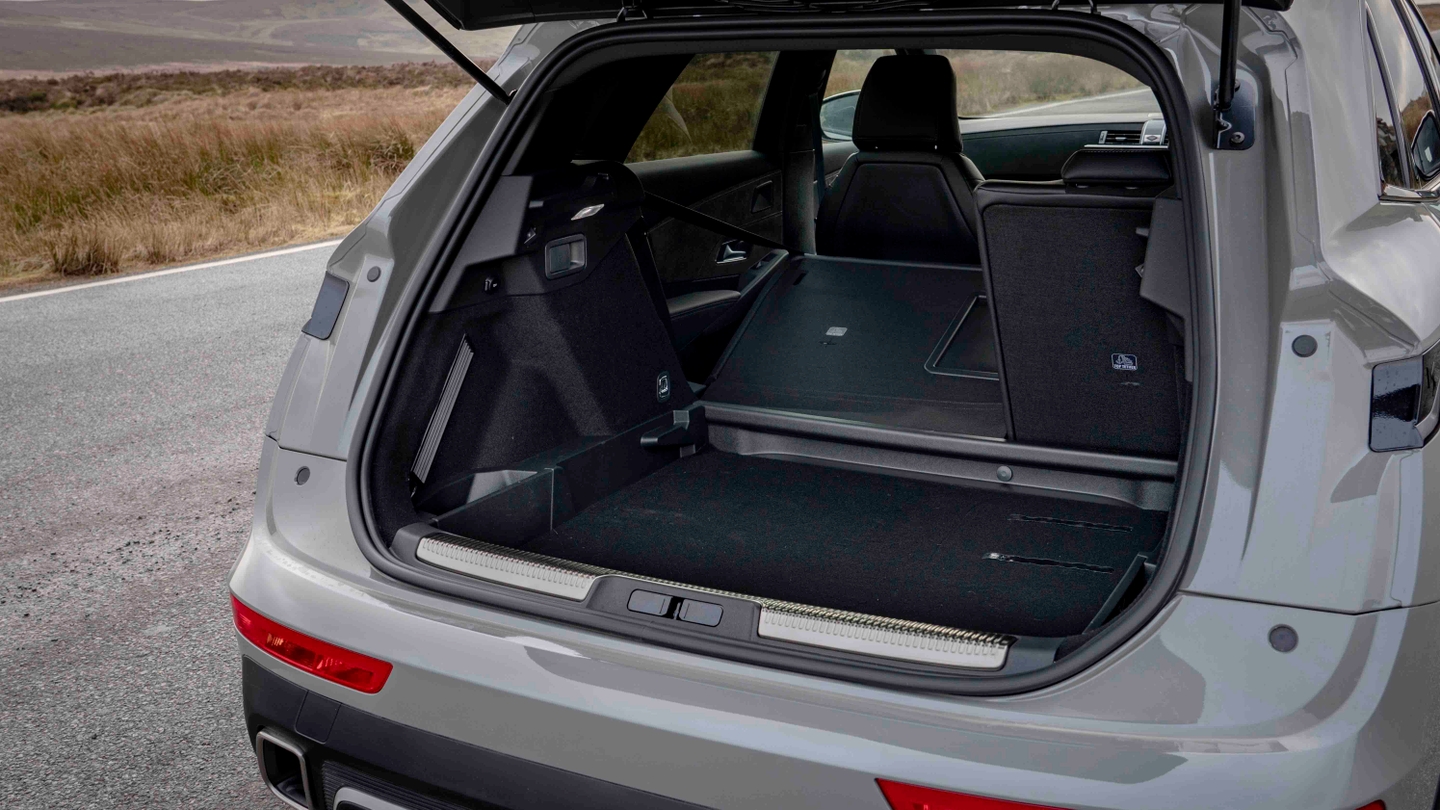
DS 7 Review
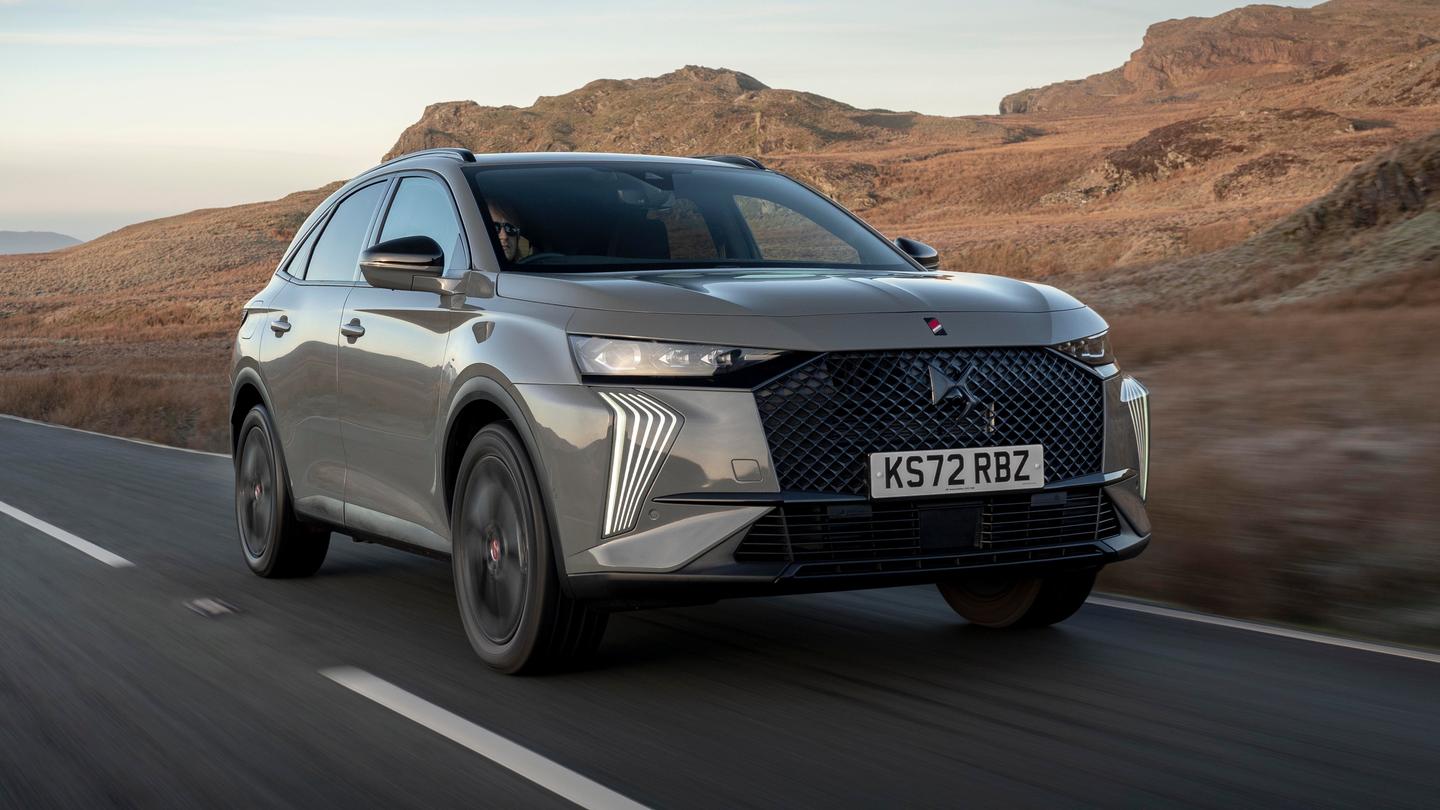
It’s easy to overlook the DS 7 and go for better-known rivals from BMW, Audi or Lexus.
The DS 7's appeal against better known rivals isn't immediately obvious. A used DS 7 has value on its side, though, and you can save thousands versus the conventional posh SUVs.
- Classy interior
- Practical
- Stylish and comparatively rare
- Quality is hit-and-miss
- Underpowered entry-level engines
- Slightly wayward handling
Should I buy a DS 7?
Is the DS 7 the fake Rolex of the car world?
It certainly looks like a premium product, with a big grille, moody headlights and intricate detailing. Inside, you can have Nappa leather massaging seats with a classy watchstrap design, so it’s not without desirable features.
"With plenty of adjustment in the seats and steering wheel, it’s easy to find your perfect driving position"
But, like a fake Rolex, it doesn’t take too long to notice that it’s not the real deal. The premium-ness feels skin-deep somehow, while the driving experience is neither refined nor sporty enough to worry the class leaders.
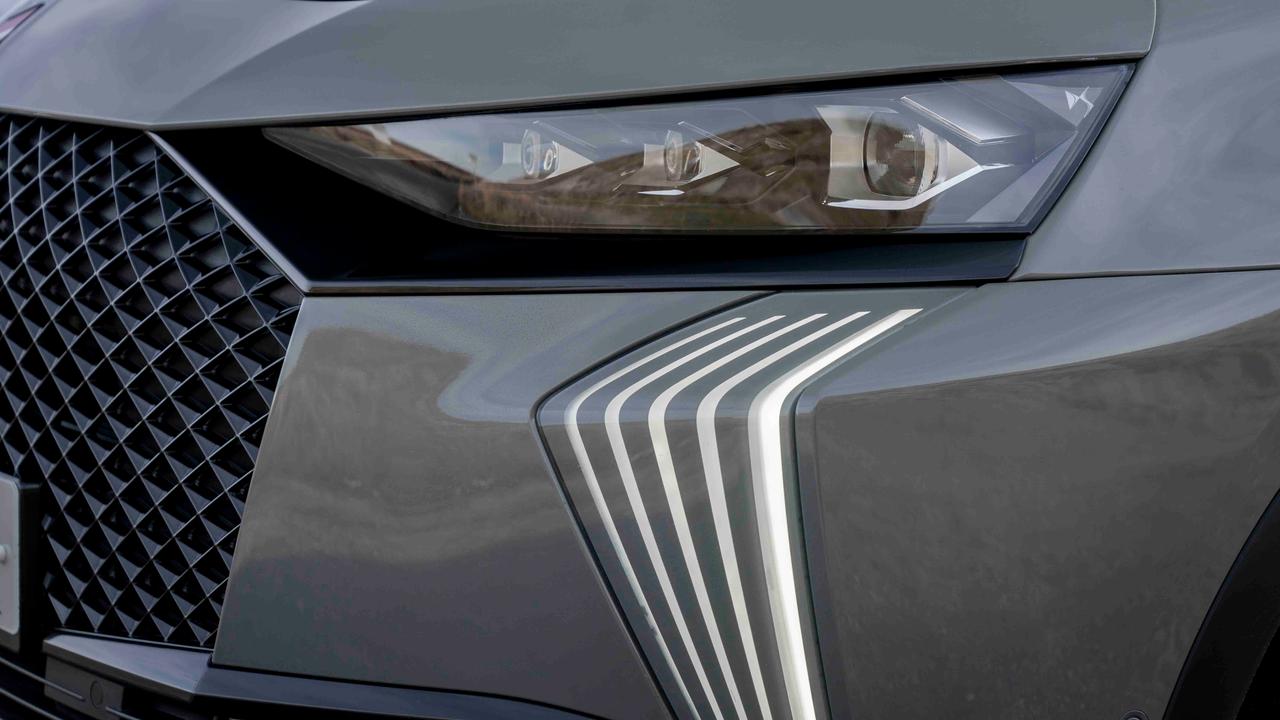
Does that matter? If you want something that looks good and will superficially impress your friends or neighbours, the DS 7 provides that experience without costing anywhere near as much as an equivalent BMW or Audi as a used car.
That’s the key point. DS priced new examples way above their station, but used ones are considerably better value. You could even consider a DS 7 against a ‘value’ rival like the Vauxhall Grandland or Skoda Karoq, because it’s available for a not-dissimilar price. So, should you buy one if it’s cheap?
Interior and technology
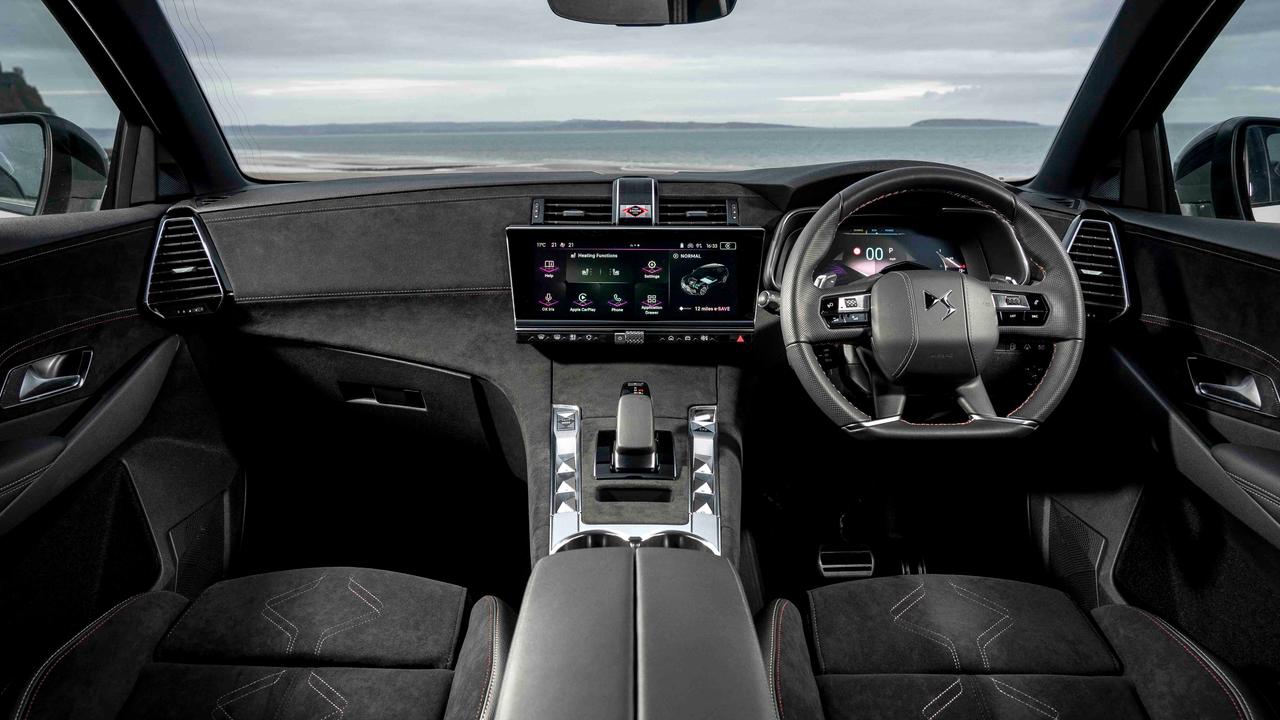
The DS 7 serves up a good first impression inside, where the angular elements and premium design match the exterior.
The materials used in prominent places feel luxurious – there’s a vast amount of suede-like trim on the Performance Line models, or sumptuous Nappa leather on high-end versions. There are a lot of textured areas, too, which feel premium to the touch. And yet, there are also a lot of hard-wearing but scratchy plastics on display, while some of the controls don’t feel as solid as they do in an Audi or BMW.
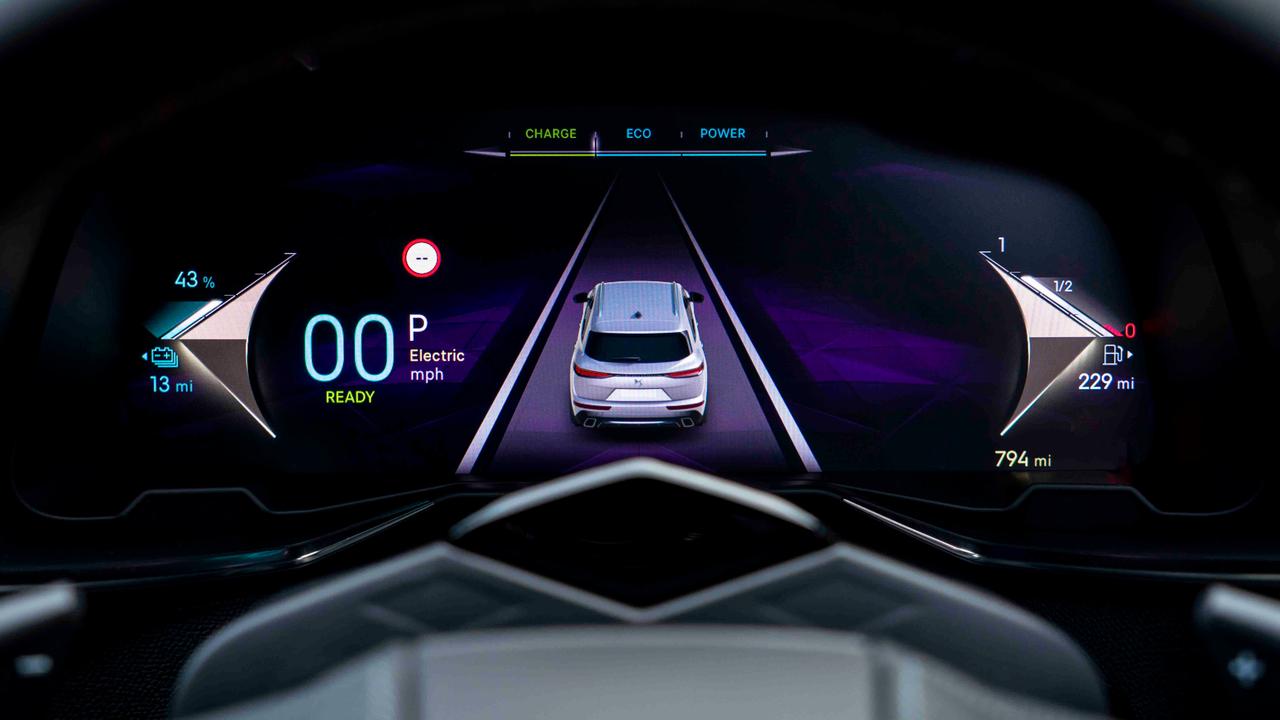
The build quality isn’t quite at the same levels as those German rivals, either. Prod the dashboard like a toddler poking the glass at an aquarium, and the materials will creak and flex more than in rivals. It all adds to the feeling that the DS 7 is trying to be something it isn’t.
All facelift DS 7s (marked out by the multiple daytime running lights that look like pages of a flickbook) come with a 12-inch high-def touchscreen. This has been redesigned so it’s easier to use than the previous screen. Now, there are clear sections for the radio/media, climate controls and shortcuts to other apps and functions – and you can personalise the order in which they are shown. DS improved the response times and clarity of the screen in the update too.
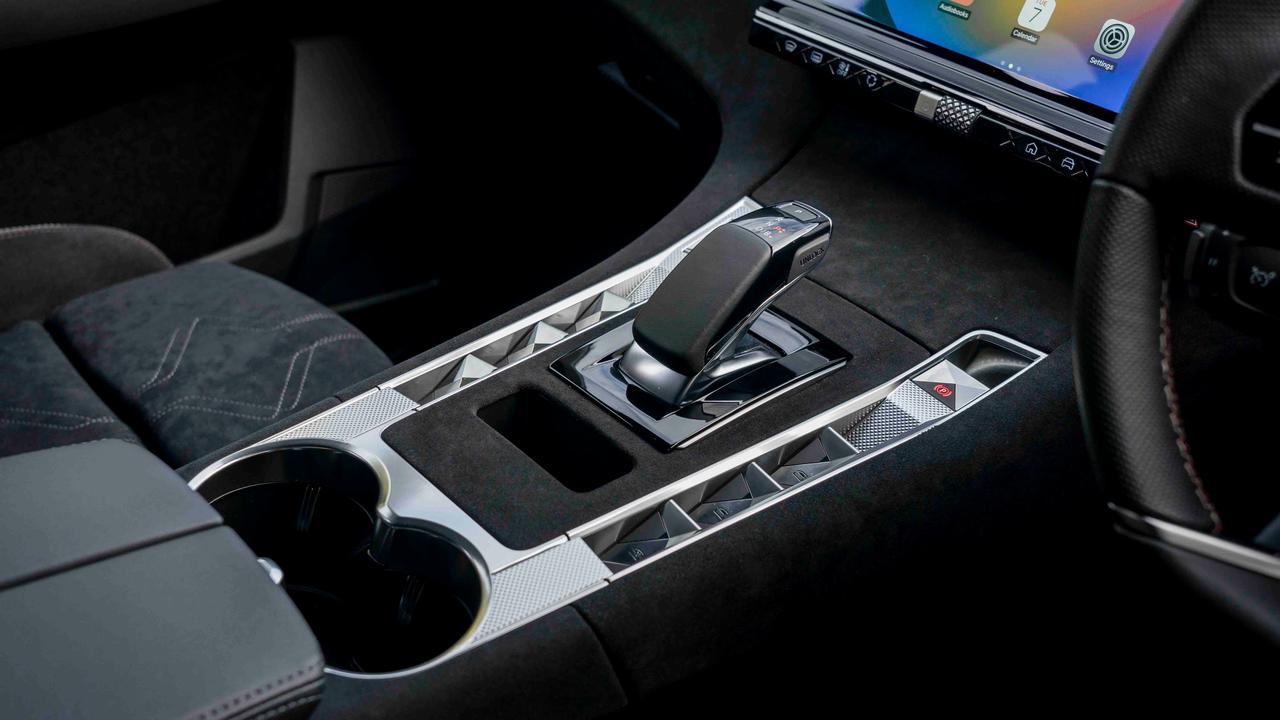
Performance Line is now the entry-level trim and includes 19-inch alloy wheels, keyless entry, digital dials, sat nav with online features, and a suite of driver assistance tech including blind-spot monitoring and lane-keep assist.
However, it seems cheap to not fit heated seats or a reversing camera as standard – you’ll need to upgrade to at least Performance Line Plus for that. Do so and you’ll also get front parking sensors, roof rails, electric adjustment for the front seats and a leather steering wheel.
Rivoli is a more luxury-focused trim level, which makes sense for the DS 7. The main additions here are black leather seats with massaging in the front, and a natty BRM dash-mounted clock. Top-spec Opera gains cooled front seats, a panoramic sunroof, an electric bootlid and wireless phone charging.
Practicality
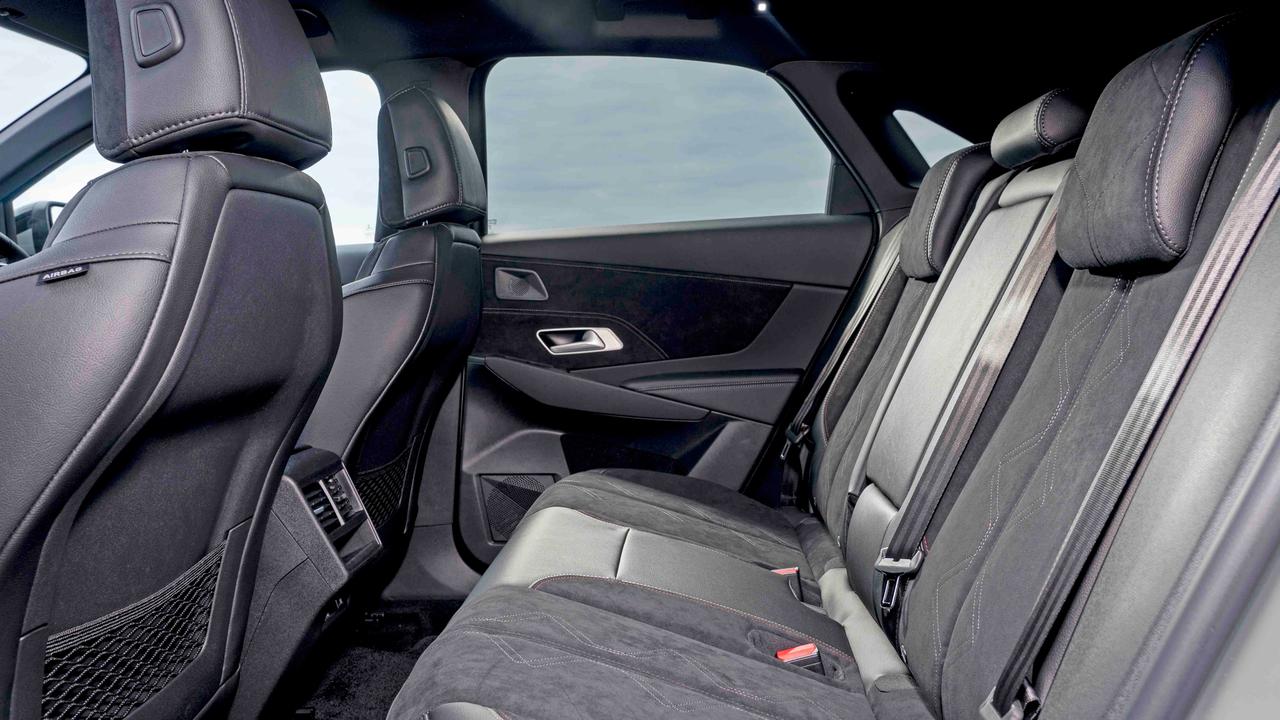
At 4.6 metres long, the DS 7 takes up a little more space on the road than the likes of the Kia Sportage and Volkswagen Tiguan. And it mostly uses its size well. The rear-seat space is impressive, with both leg and headroom generous. Once you’ve found the Isofix points, it’s easy to put child seats in, because the DS 7’s doors open quite wide and it’s a spacious car.
Rear-seat passengers get a pair of USBs, map pockets, air vents and a fold-down central armrest with cupholders. It’s probably best to use the DS 7 as a four-seater, because the centre console juts into the space for the middle seat.
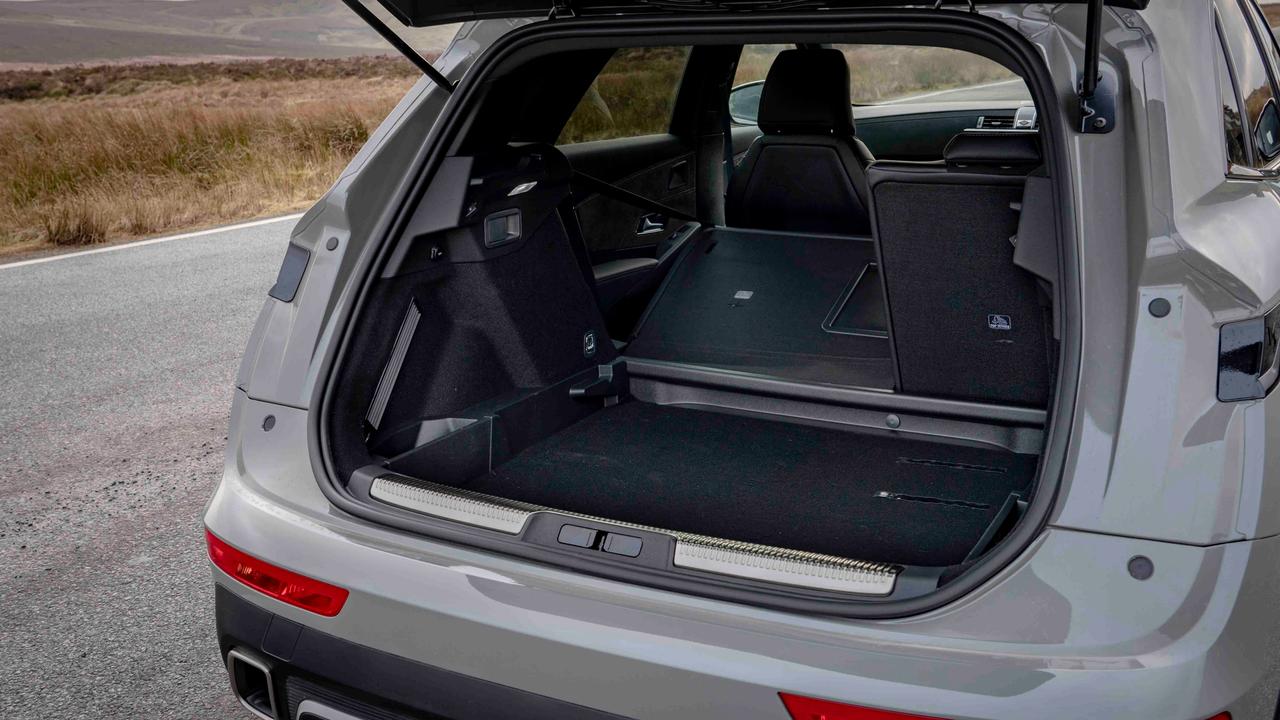
Storage space is useful enough but rivals are better – the glovebox is tiny, for example – and there are some slightly odd spec quirks. There’s only one front USB socket until you get to the very highest trim levels (despite two rear ones being standard), while only the cheaper Performance Line trims get a ski hatch to let you carry long items between two rear-seat passengers.
With plenty of adjustment in the seats and steering wheel, it’s easy to find your perfect driving position. The seats could do with extendable thigh cushions, as is common in BMWs, because we felt a little perched on the seat base.
Open the boot and you’ve got a 555-litre space to fill – and that remains even if you choose a plug-in hybrid or a 4x4 version. That’s competitive with rivals, and the space is wide and deep. The parcel shelf is high, which is useful day-to-day but means you’re not getting much else above it when you’re loading the car for a family holiday. It’s good to see a couple of compartments and levers to fold the rear seats down from the boot.
Engines and performance
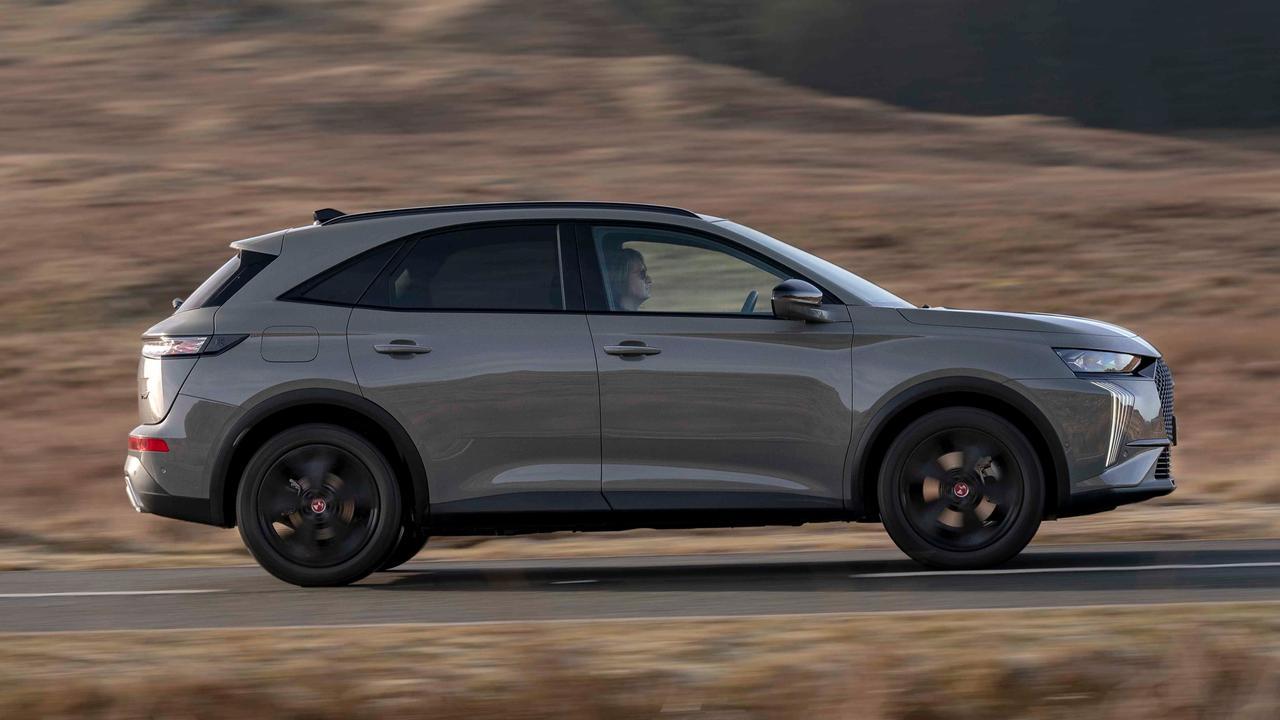
Over the course of the DS 7’s time on sale, it’s offered two petrol engine choices – including the tiny 1.2-litre engine from a Peugeot 208 and Vauxhall Corsa – and two diesel engines, as well as plug-in hybrid versions.
Since the car’s facelift, there are three plug-in hybrid options – an almost unprecedented offering – and a sole diesel option. The diesel is the entry point to the range, with 1.5 litres and 130hp. That’s… not really enough in a big SUV that thinks it’s a premium model, and the resulting 10.7-second 0-62mph time is lacklustre compared to rivals. When pushed, the diesel sounds gruff. Mind you, so does the older 180hp 1.6-litre petrol.
The 225hp plug-in hybrid is front-wheel drive, whereas the 300hp and 360hp versions are all-wheel drive. Unless you really need four driven wheels, the E-Tense 225 is going to be the pick of the range. It’s fast enough in most situations (0-62mph takes 8.9 seconds), and is the most efficient of the PHEVs.
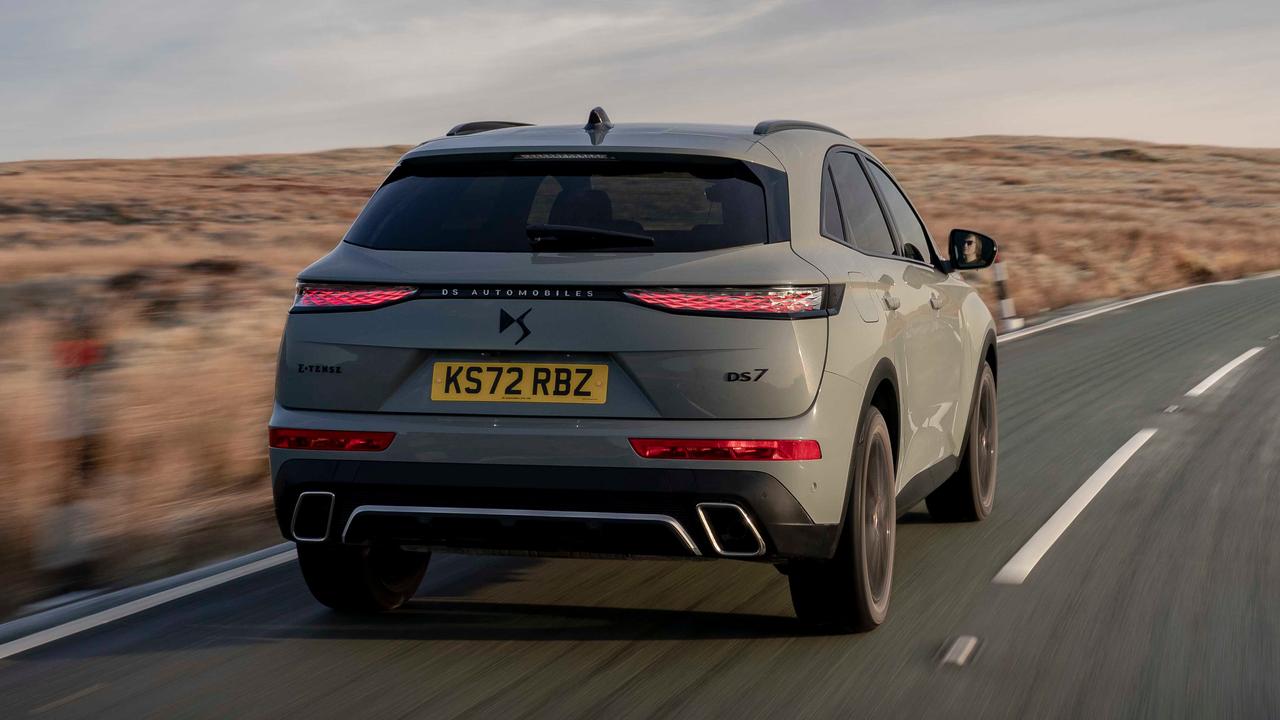
DS says you’ll manage between 35 and 43 miles on electric power before needing to recharge. Like any PHEV, take that with a pinch of salt, and likewise the estimated max fuel economy figure of 250mpg. Besides higher insurance costs, there aren’t really any drawbacks to the PHEV – charge at home and it’s cheaper to run than filling the tank with petrol, and it’s more refined than the purely engine powered ones.
On paper, the E-Tense 300 4x4 offers sub-six-second 0-62mph times, plus broadly similar efficiency figures to the 225.
At the top of the range, the E-Tense 360 4x4 is a bit of an unusual one – and not just because it shares its engine with the similarly rare Peugeot 508 Sport Engineered. It gets a whole different chassis setup, with firmed up springs and dampers for a sportier driving experience – which does genuinely change how the DS 7 reacts. Although, the 21-inch wheels it comes on do hurt low-speed ride comfort. Apparently, just 34 of these are on UK roads.
Driving and comfort
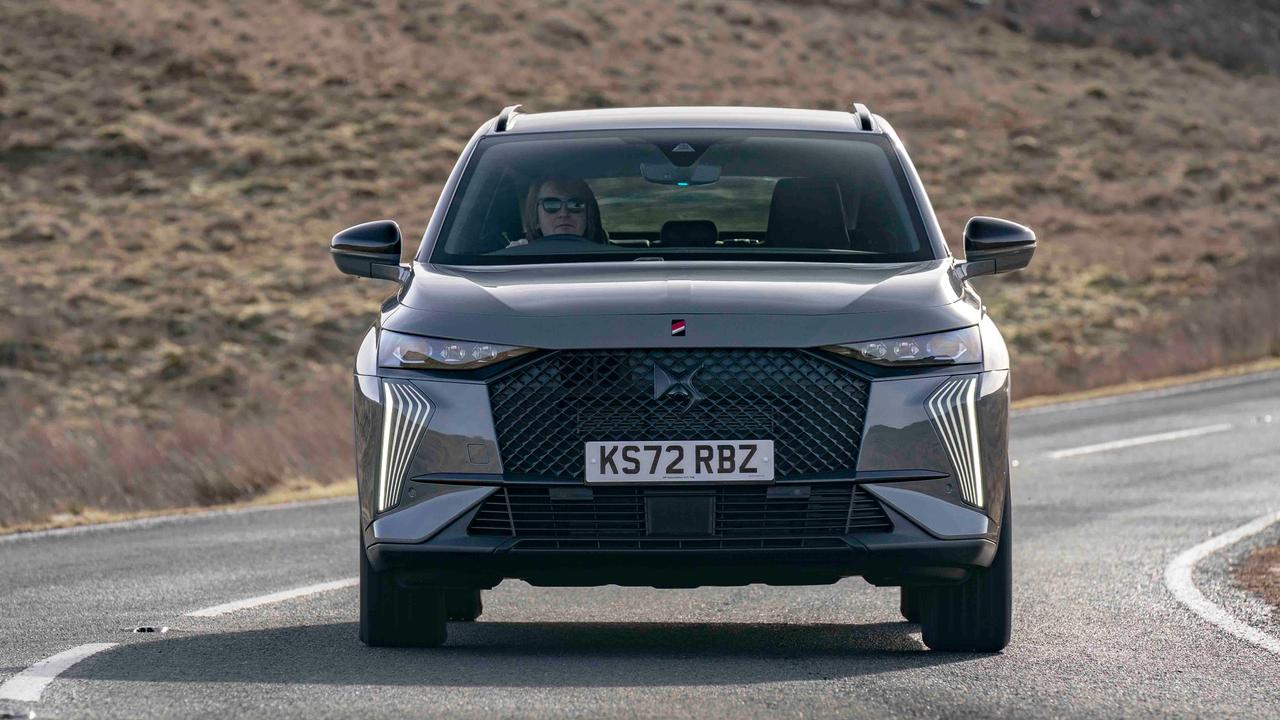
The DS 7 is not a car to be driven enthusiastically. It’s wayward and roly-poly in fast corners, and the steering is light and vague. In Sport mode, basically the only change is the steering becomes heavy and vague. It’s a shame that the successful suspension changes on the E-Tense 360 haven’t been rolled out to cheaper and more widely available models.
Alright, so the DS 7 isn’t a sports car, but is it comfortable? Well, not totally. It bucks and pitches over bumps that rivals do a better job of masking,
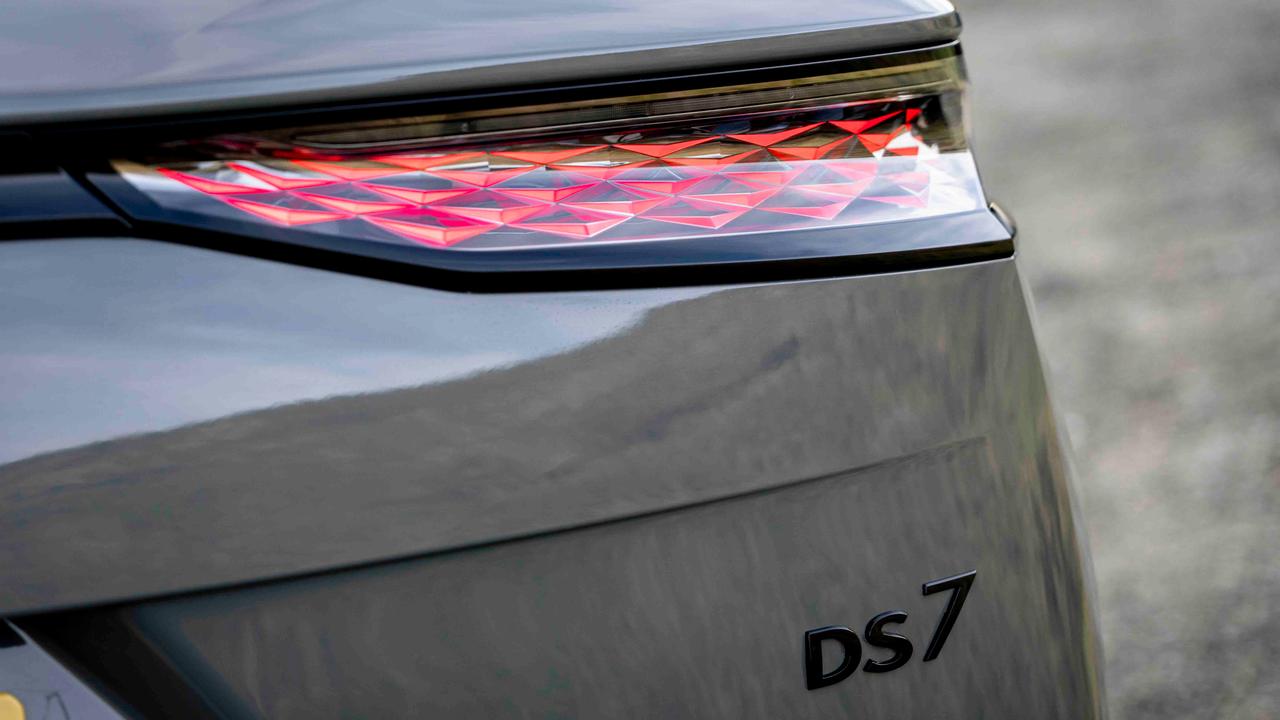
Opt for a plug-in hybrid and you get DS’ Active Scan suspension, which uses cameras and sensors to prime the suspension for upcoming impacts. You’ll need to have the car in Comfort mode for this to work, and it does its best work at moderate speeds. It becomes a bit floaty on the motorway, which could cause travel sickness, and it’s still a bit juddery at low speeds.
Refinement generally isn’t good enough for a premium SUV. There’s a good chunk of engine and wind noise at high speed. Although, as we said at the start, it won’t matter so much if you’re comparing the DS 7 with more mainstream rivals.











































